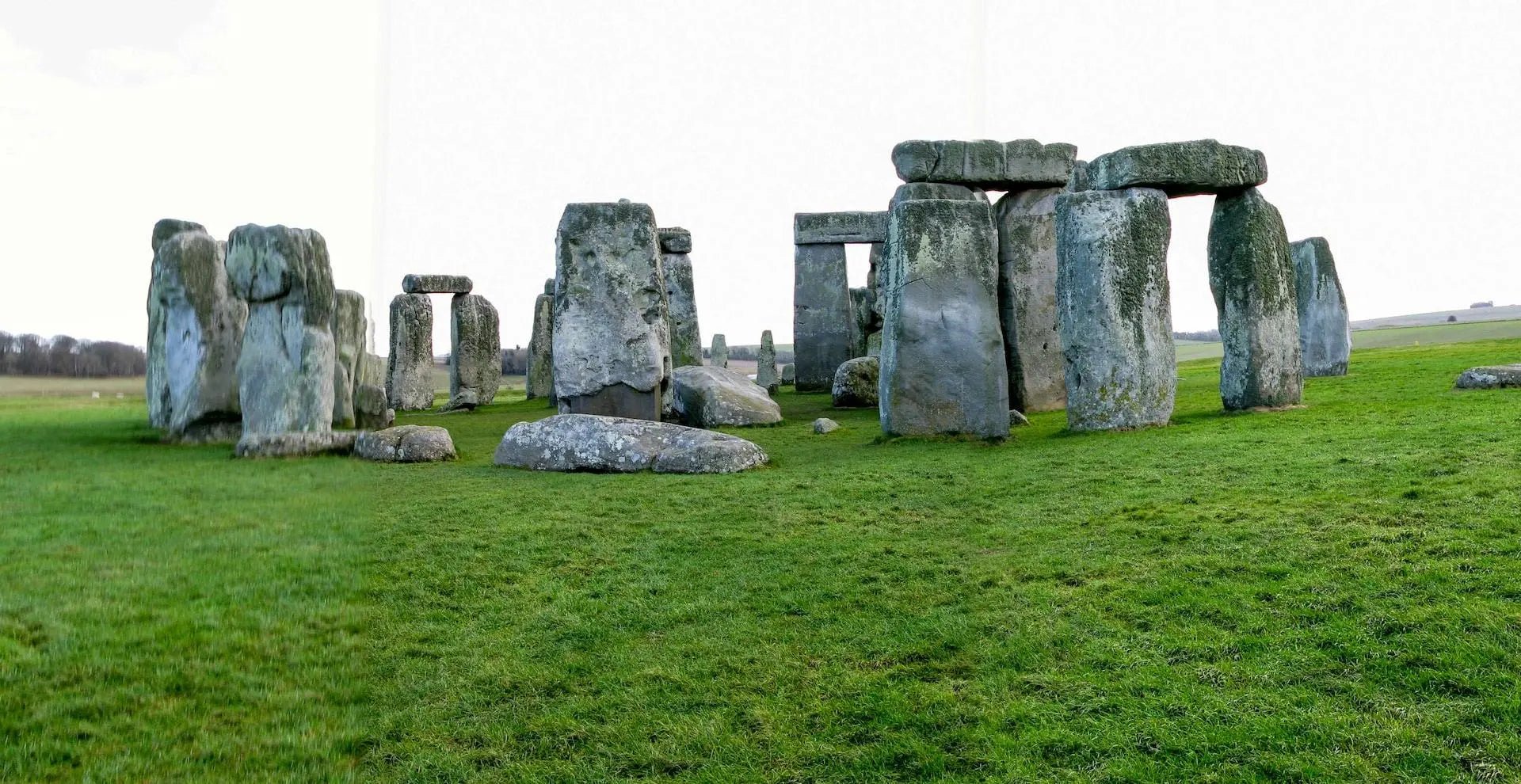
How did our environment protect human prehistoric settlements against natural elements and predators?
How did our environment protect human prehistoric settlements against natural elements and predators?
Homo erectus, the first human to walk upright and use tools, appeared on Earth roughly 3.5 million years ago (Ponting). Both the "Homo erectus" and "Homo sapiens" ancestries and subsequent "Homo sapiens" population lived in tiny, nomadic bands and diverged from one another around 100,000 years ago. For approximately two million of their history, they relied on hunting and gathering to provide for themselves, until adopting farming techniques around the age of ten to twelve thousand. The early humans' ability to predict weather and plant food was crucial to their survival. Technology developed throughout time as people' brain sizes grew and more of them adapted to new circumstances. Over time, humans learned to cooperate with—and sometimes fight—their surroundings in order to establish a reliable means of acquiring food and a more consistent way of living. However, it is certain that the environment, and the climate in particular, determined the patterns of mobility and survival strategies used by early humans.
Details of ancient human house construction
It's essential for humans to have somewhere safe to live. The need to create a safe haven from the elements is innate. The expansion of human settlements coincided with the development of new technologies that provided better means of protection from the elements. This, combined with the innate desire of humans to design things that are both fascinating and beautiful, led to the rise and development of complex societies. Ancient peoples used animal skins, bones, stone, and other materials to construct their homes. Animal bones, metal plates, and axes were some of the available tools. We can't possibly cover the whole breadth of human engineering's achievements when it comes to erecting structures like houses, cathedrals, mosques, castles, and more, but we can take a look at a quick (although imperfect) chronology of the most significant moments in construction history.
Using early engineering principles and inventiveness, the ancient Egyptians raised the standard when it came to the construction of massive, long-lasting buildings, such as the pyramids. New research indicates that ancient people moistened the sand before hauling these heavy stones to decrease friction. They hauled, shifted, and lifted bricks that weighed as much as fifty tons with the use of rudimentary pulley systems, cranes, and ramps. For example, the ancient Greeks often constructed their homes out of sturdy stone and angled their roofs to facilitate the natural drainage of precipitation.
Organic carpets and rugs
There are eco-friendly carpets available, such as those woven from natural plant fibers. These fibers are generally biodegradable plant-based ones that can be replenished without the need of harmful chemicals like fertilizers and pesticides. Wool, hemp, bamboo, maize leaves, jute, seagrass, and coir are all excellent examples.
Women's jewelry made of seeds, animal teeth, horns, etc.
About 25,000 years ago, we make the first jewelry discovery. This fish bone necklace was discovered in a cave near Monaco and is rather basic. Teeth, claws, horns, and bones were all used as early forms of body jewelry. Traditional hunters thought that donning their trophies would help them succeed on their next hunt. Keep in mind that a skilled hunter was essential to the survival of the town and should be honored for his contributions. The top hunters all wanted to prove their mettle and bravery.





